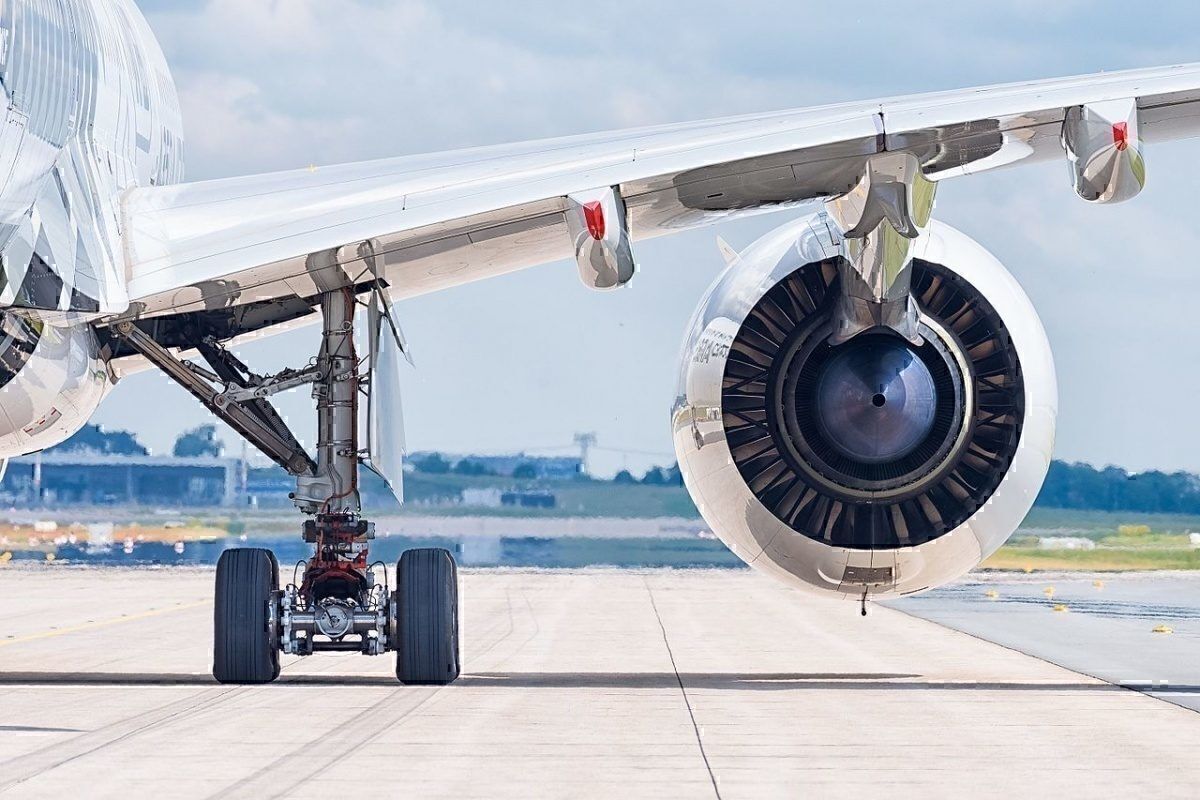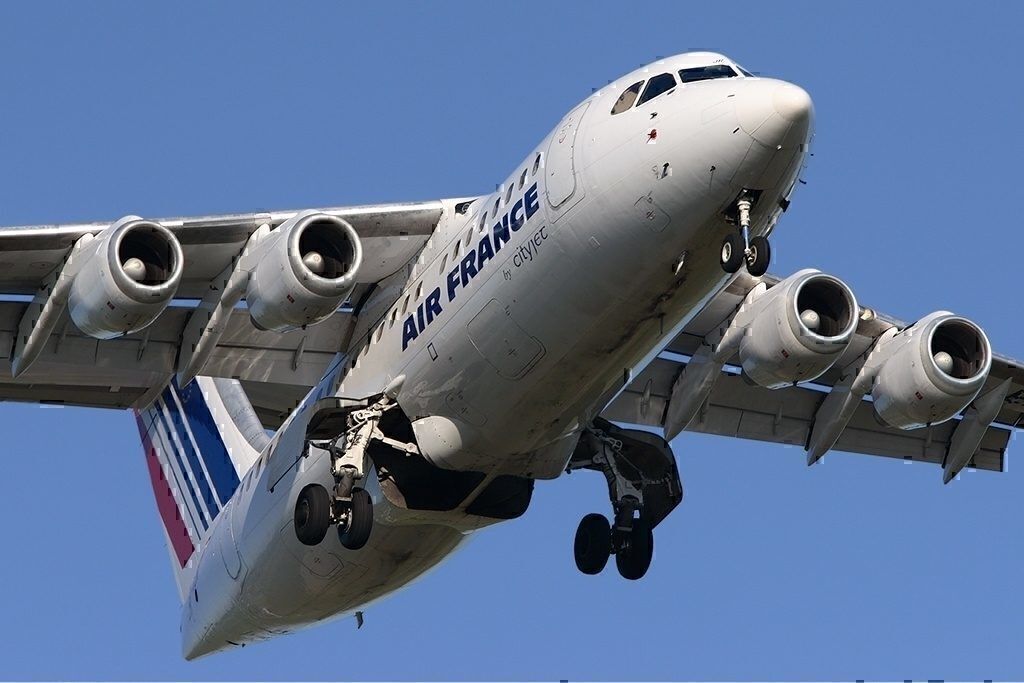Aviation is a uniquely regulated industry like few others. Regulated by states at the international, transnational, bilateral, and national levels, every single flight that takes off is subject to international laws and regulations in some way. Here, we explore the fundamental laws of aviation; the five freedoms of the air and their importance.
The five freedoms of the air, explained
The first and second freedoms are known non-commercial / non-traffic privileges. The first freedom allows a state's aircraft (A) to fly over another state's airspace (B) while the aircraft is on its way to another destination (C). The second freedom is very similar however, it allows state A's aircraft to land in state B while on its way to state C for noncommercial purposes, such as refueling or technical stops.
The first set of commercial / traffic rights, more aptly called privileges, are the third and fourth freedoms which allow airlines to embark and disembark passengers and cargo to, from, and within a given state. The third freedom allows state A's airline to carry passengers from state A to state B, while the fourth freedom allows the return from state B back to state A. Although one may wonder why the fourth freedom exists when we have the third, the presence of the fourth ensures that an airline does not have to make the return journey with an empty plane.
Lastly, we have the fifth freedom. This is another traffic privilege which allows a plane from state A traveling to state B under the third freedom, to embark passengers and cargo in state B and fly them to state C. This freedom allows airlines to build their networks even when demand between state A and B are relatively weak. The addition of demand between states A and C and B and C to the A to B demand makes the route worthwhile for the airline.
There exist also other freedoms; the sixth, seventh, eighth, and ninth. However, ICAO considers these "so-called" freedoms, as they have not been recognized by international treaties. For some, these other freedoms are best understood as nuances to the first five. Thus, allowing flexibility for airlines and cargo operators to operate flights from state A to B, and from the first port of call in B(1) to another domestic destination B(2).
The importance of the freedoms of the air
Fundamentally, the freedoms of the air are the internationally standardized building blocks of air transport agreements negotiated between states. Yet, like every state-centered phenomenon, the privilege to fly to, from, and over a given state's territory has a diplomatic dimension.
Nowhere is this more evident than when air-transport proper is jeopardized due to political considerations. As is the case of the United Kingdom leaving the European Union, or the diplomatic crisis involving Qatar and the rest of the Gulf Cooperation Council.
Whether a simple flight from Los Angeles to Zurich, or, a fifth freedom between Mumbai to Guangzhou operated by RwandAir, every international flight is dependent on the freedoms of the air.







